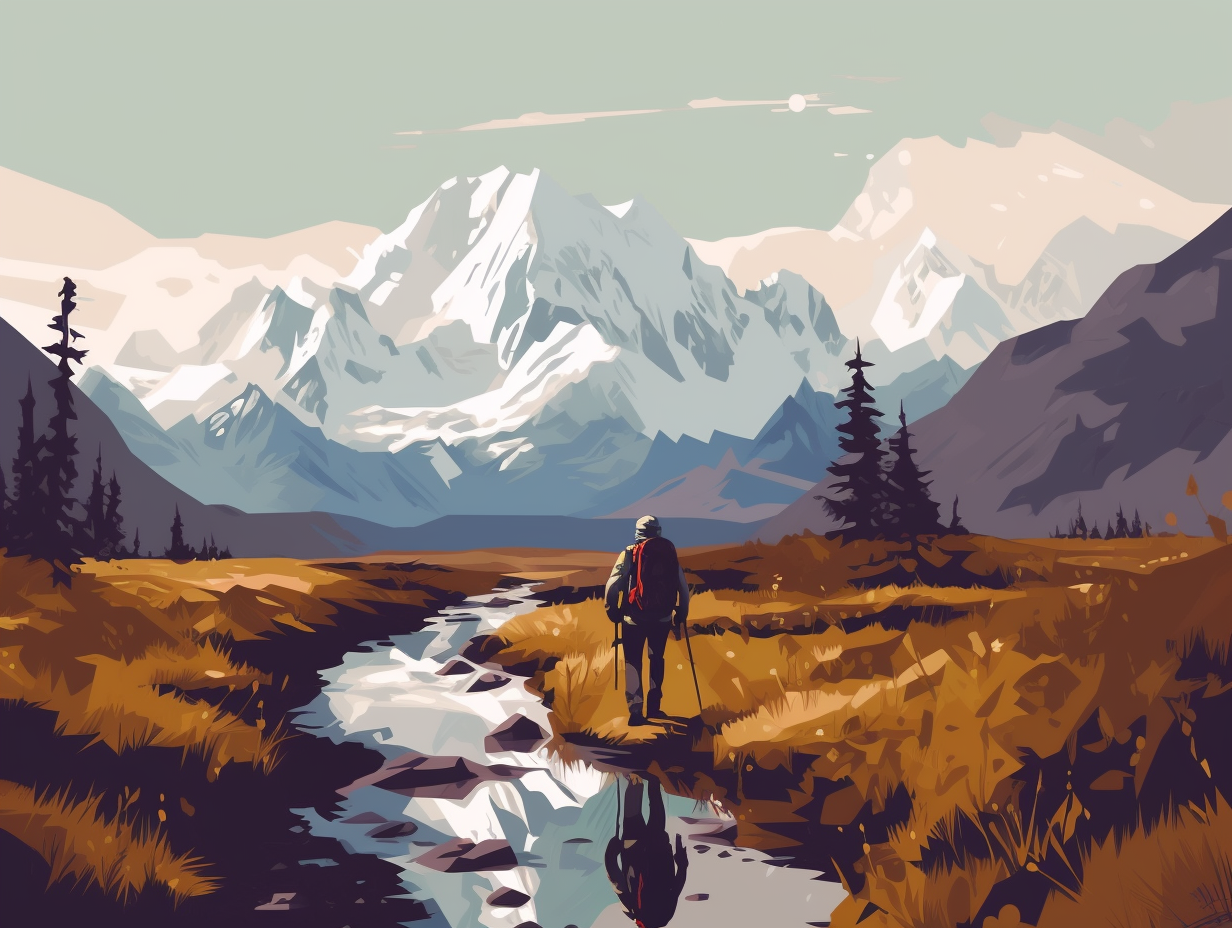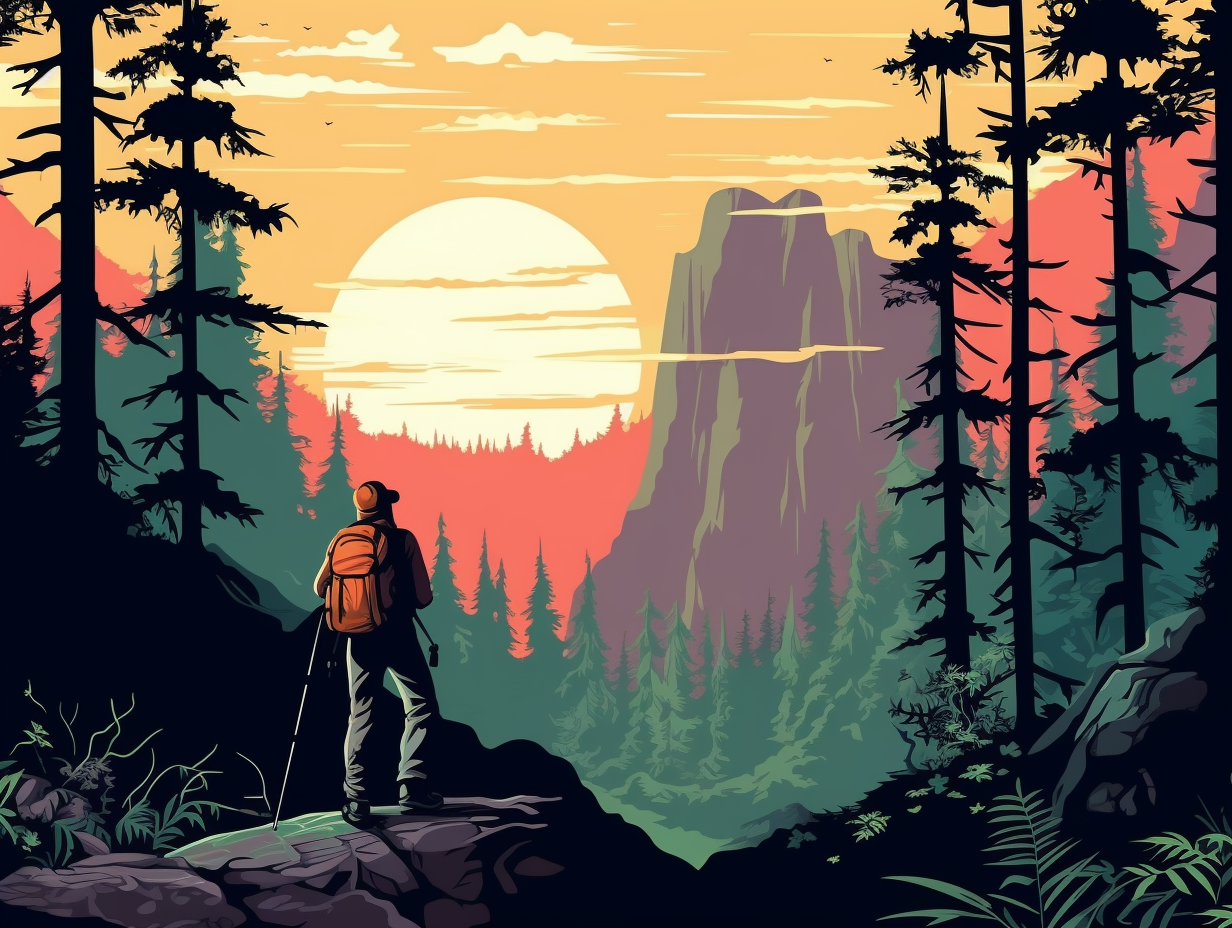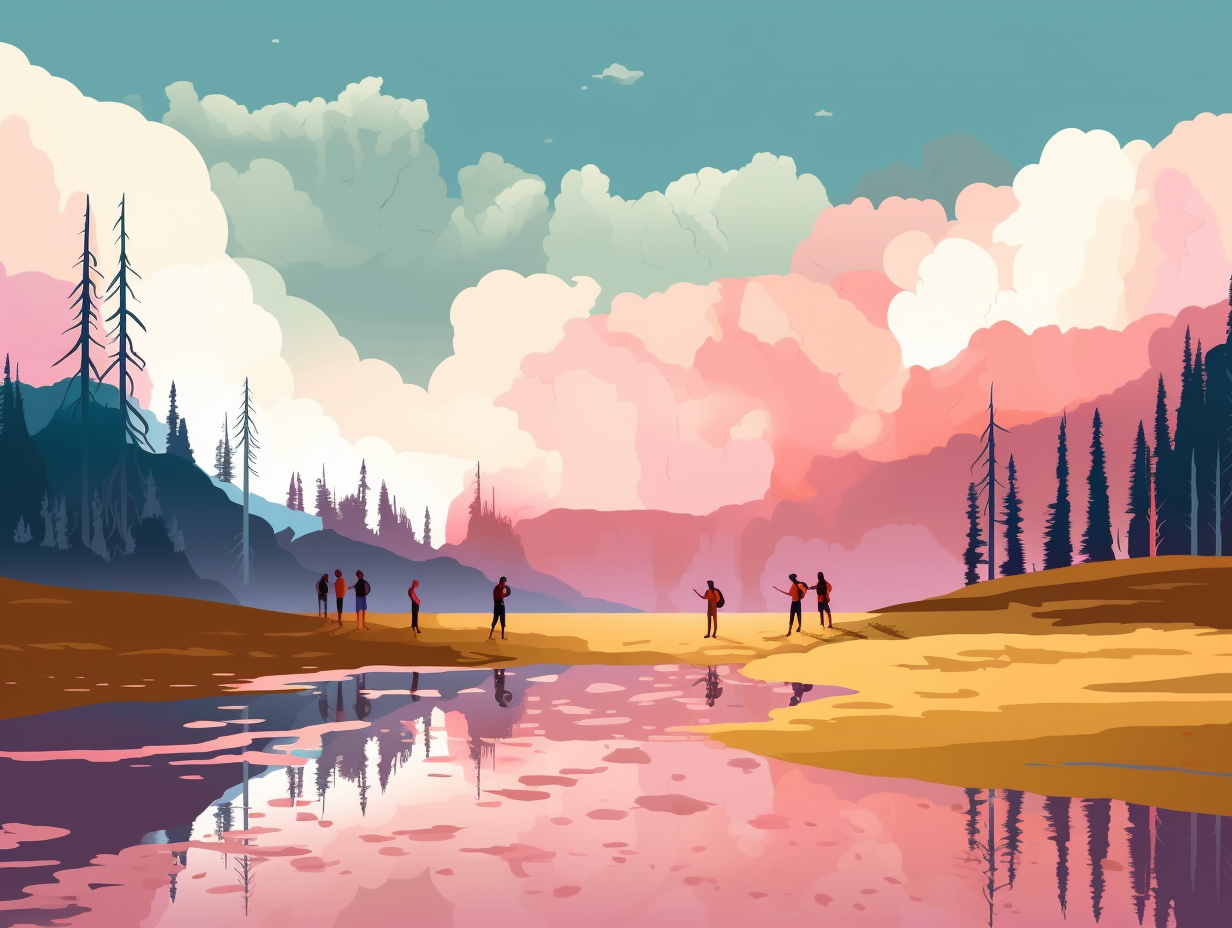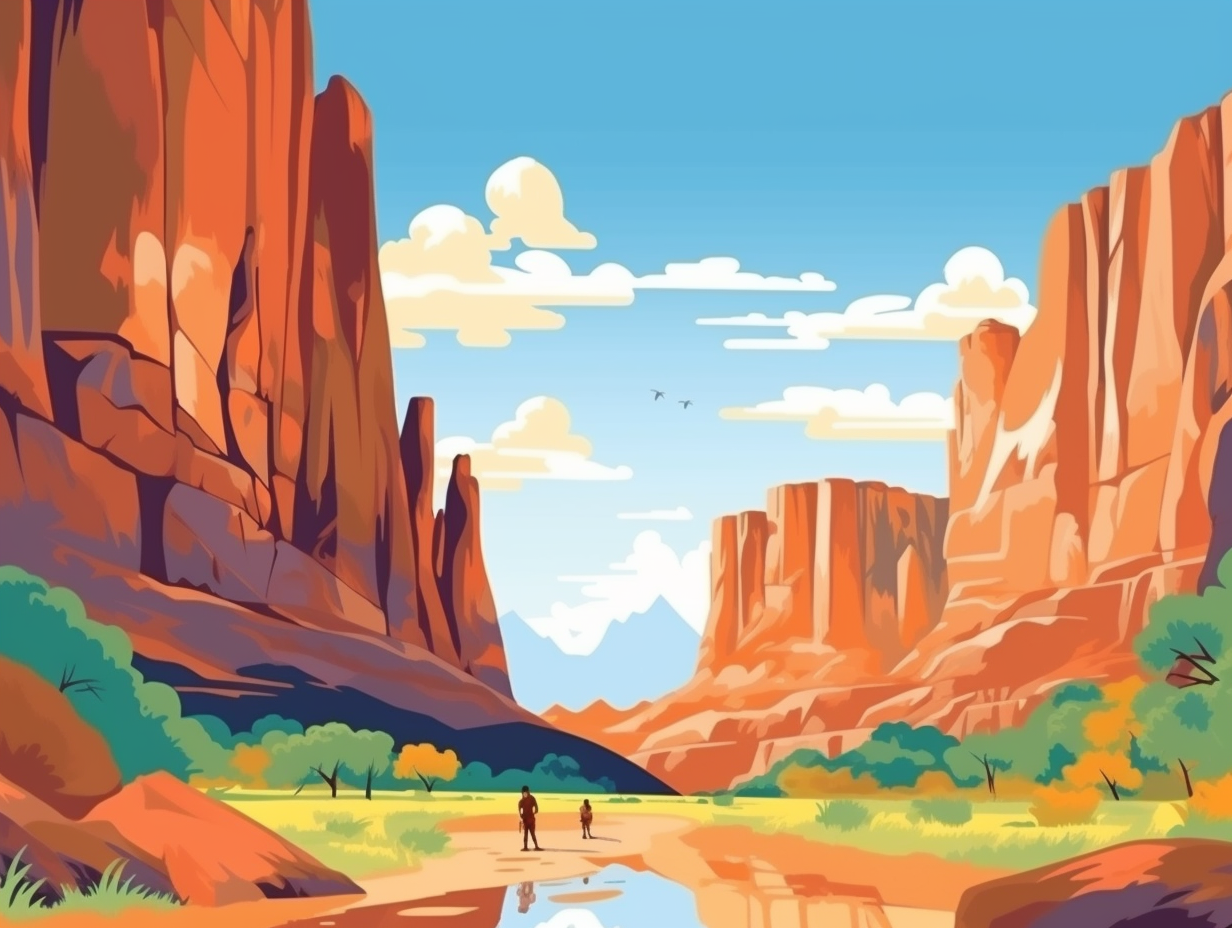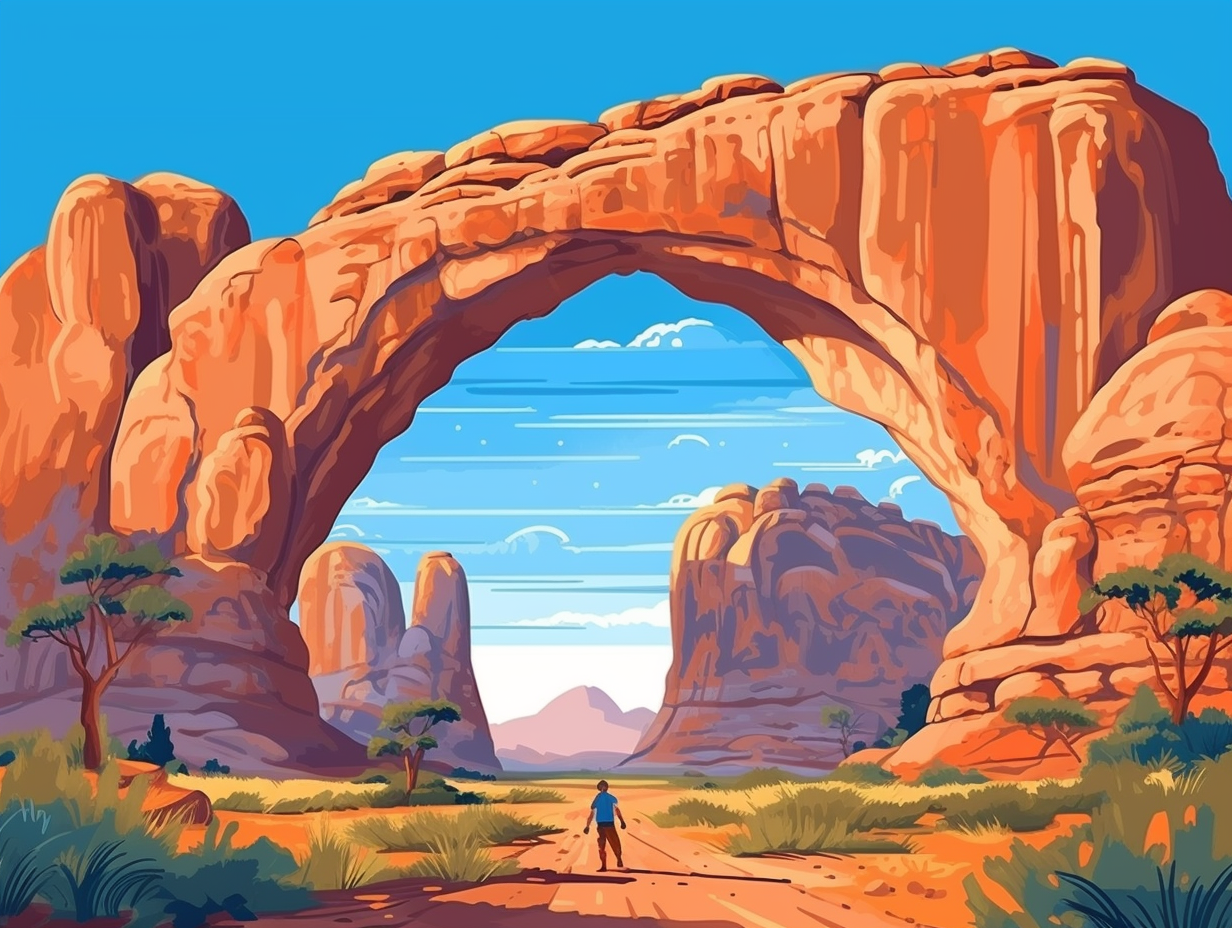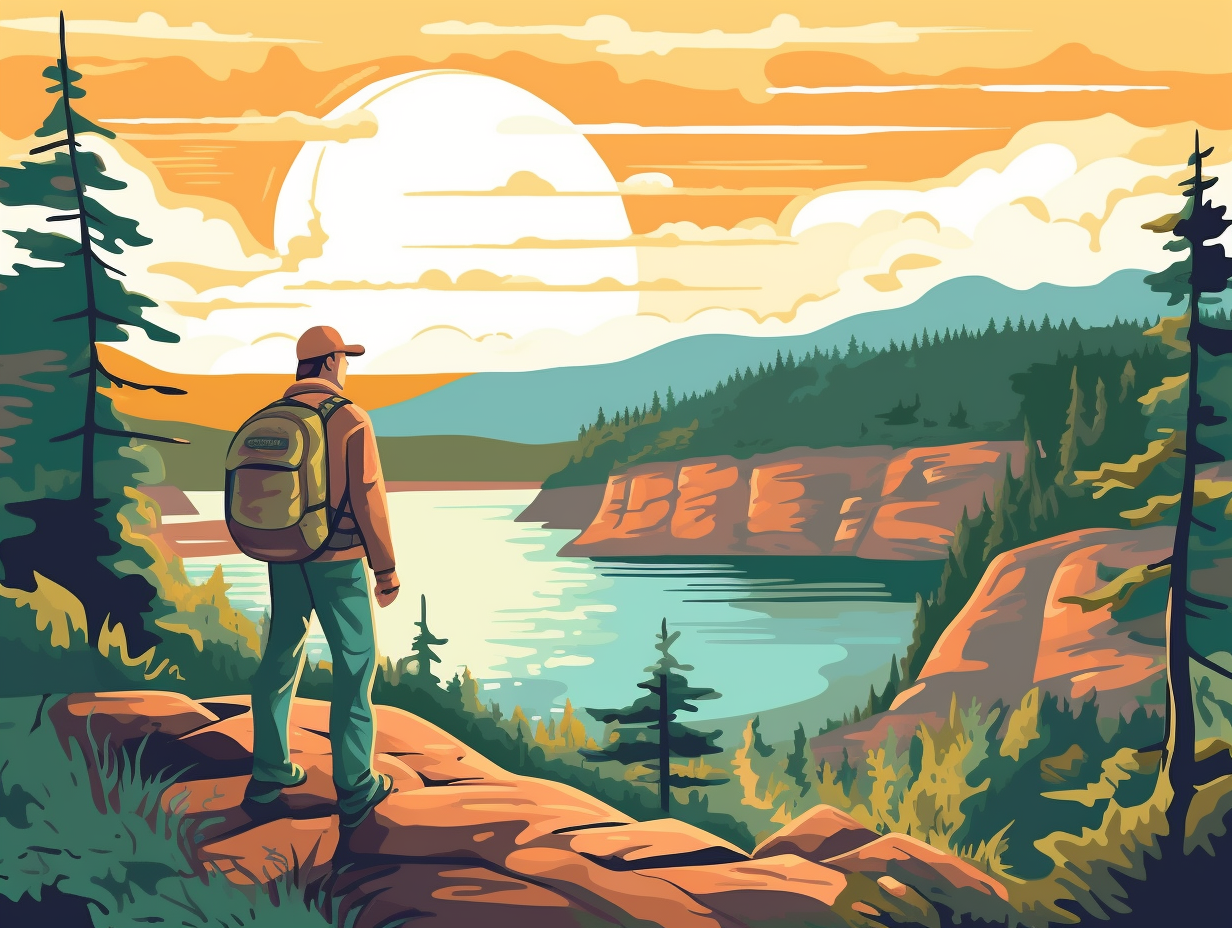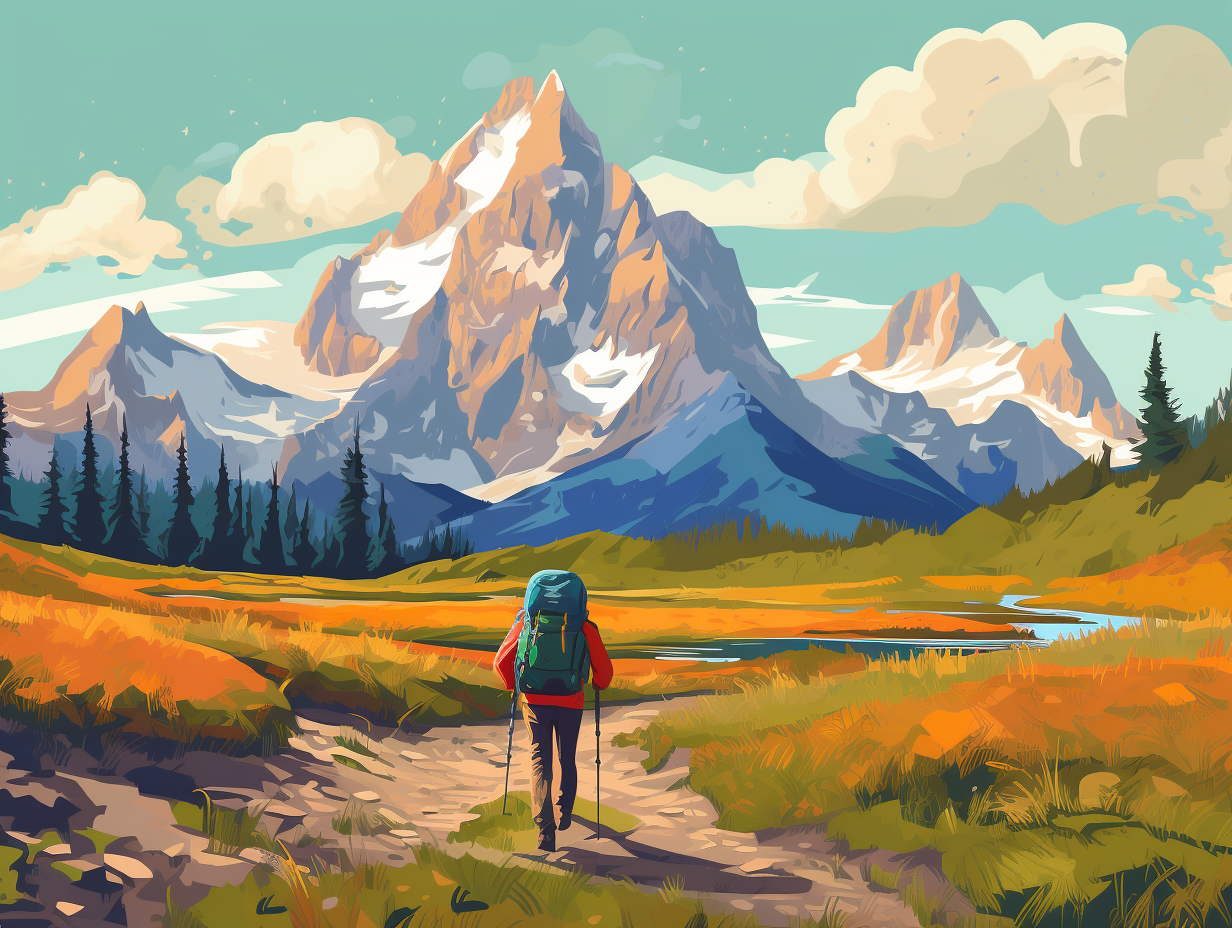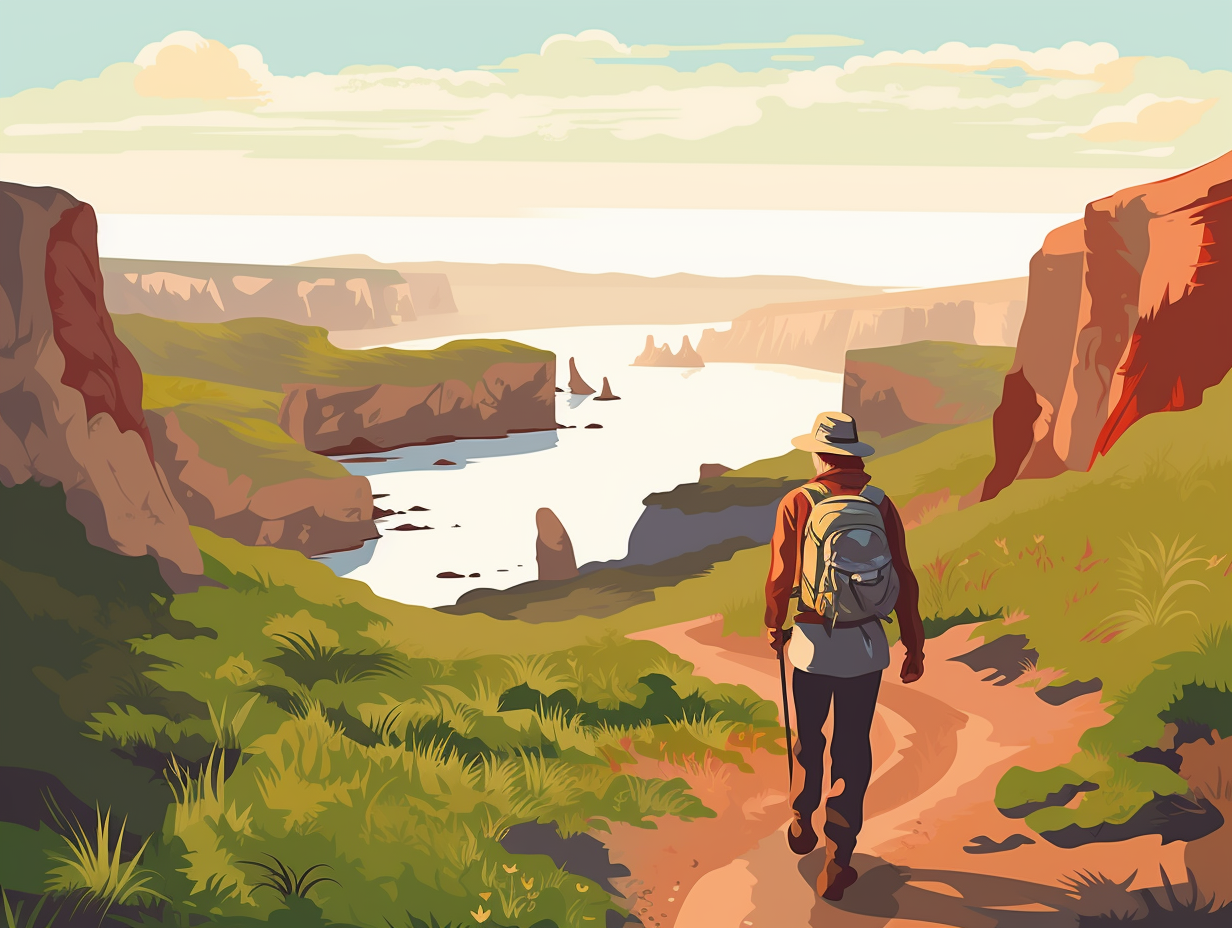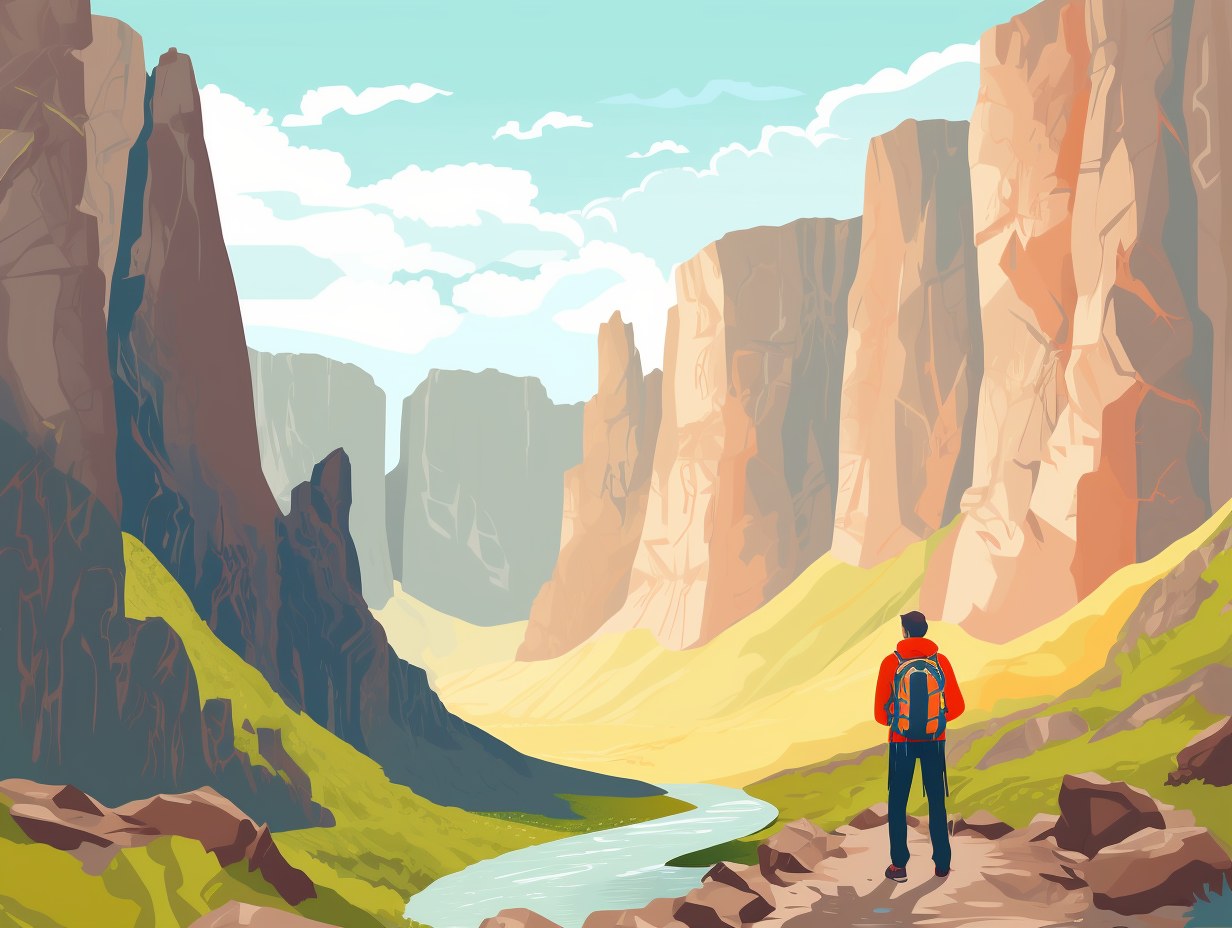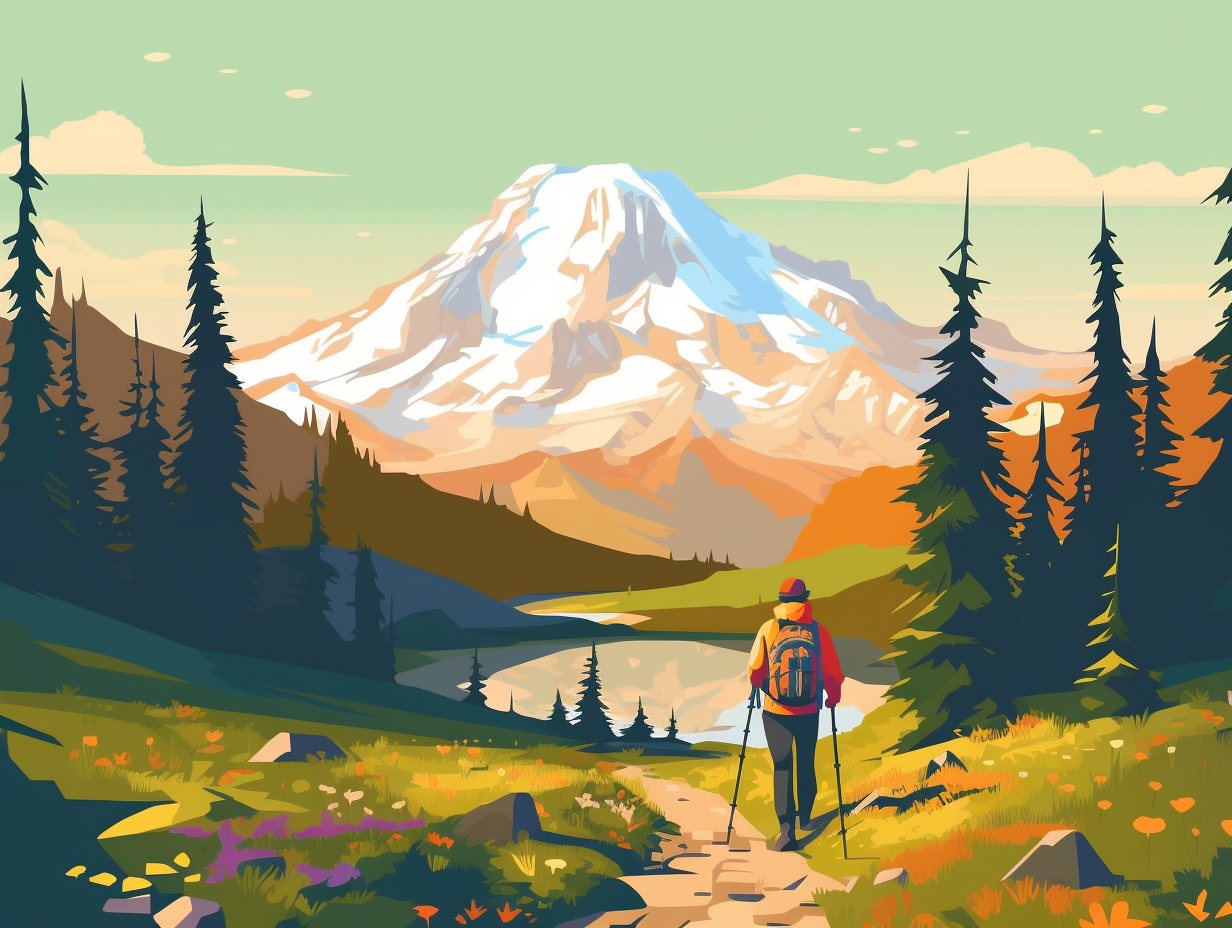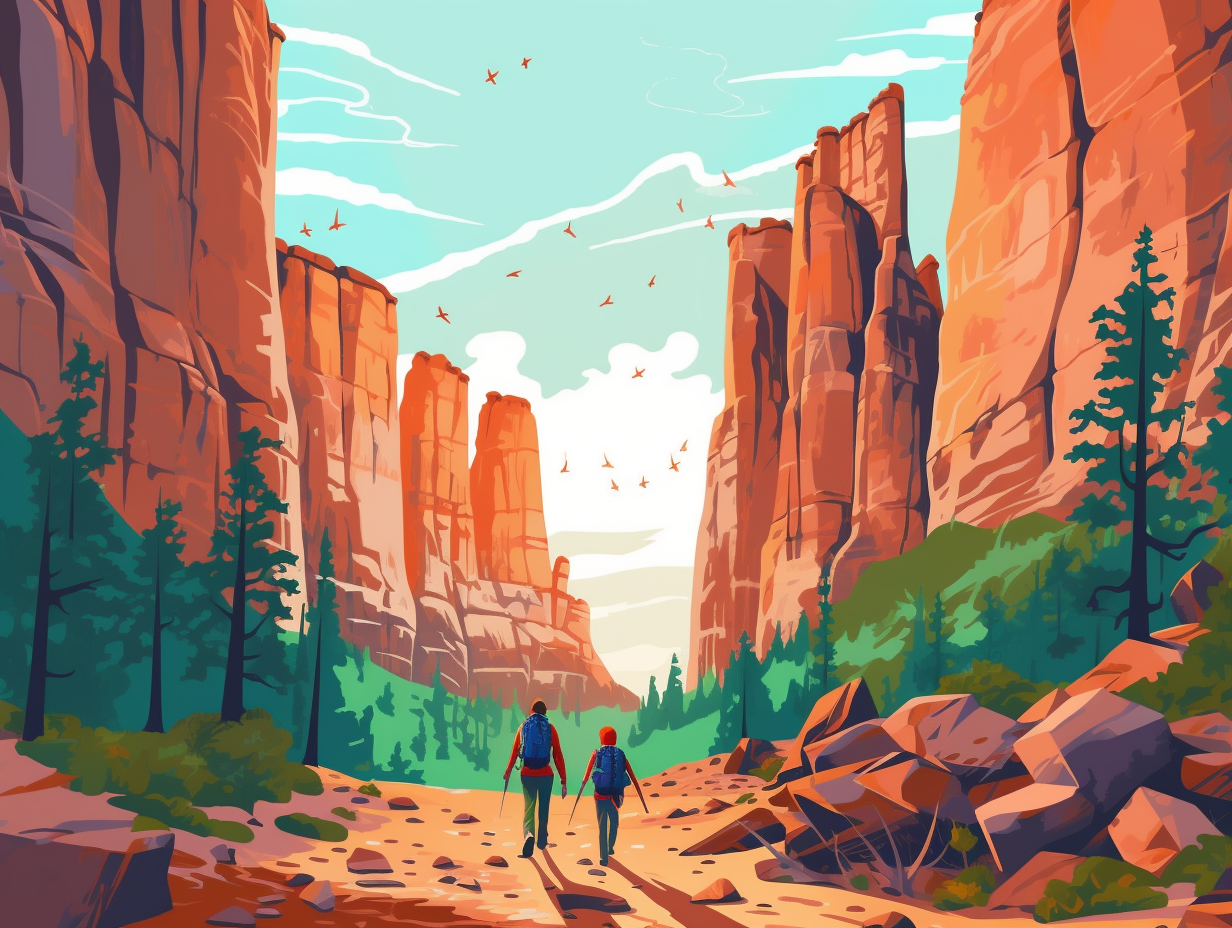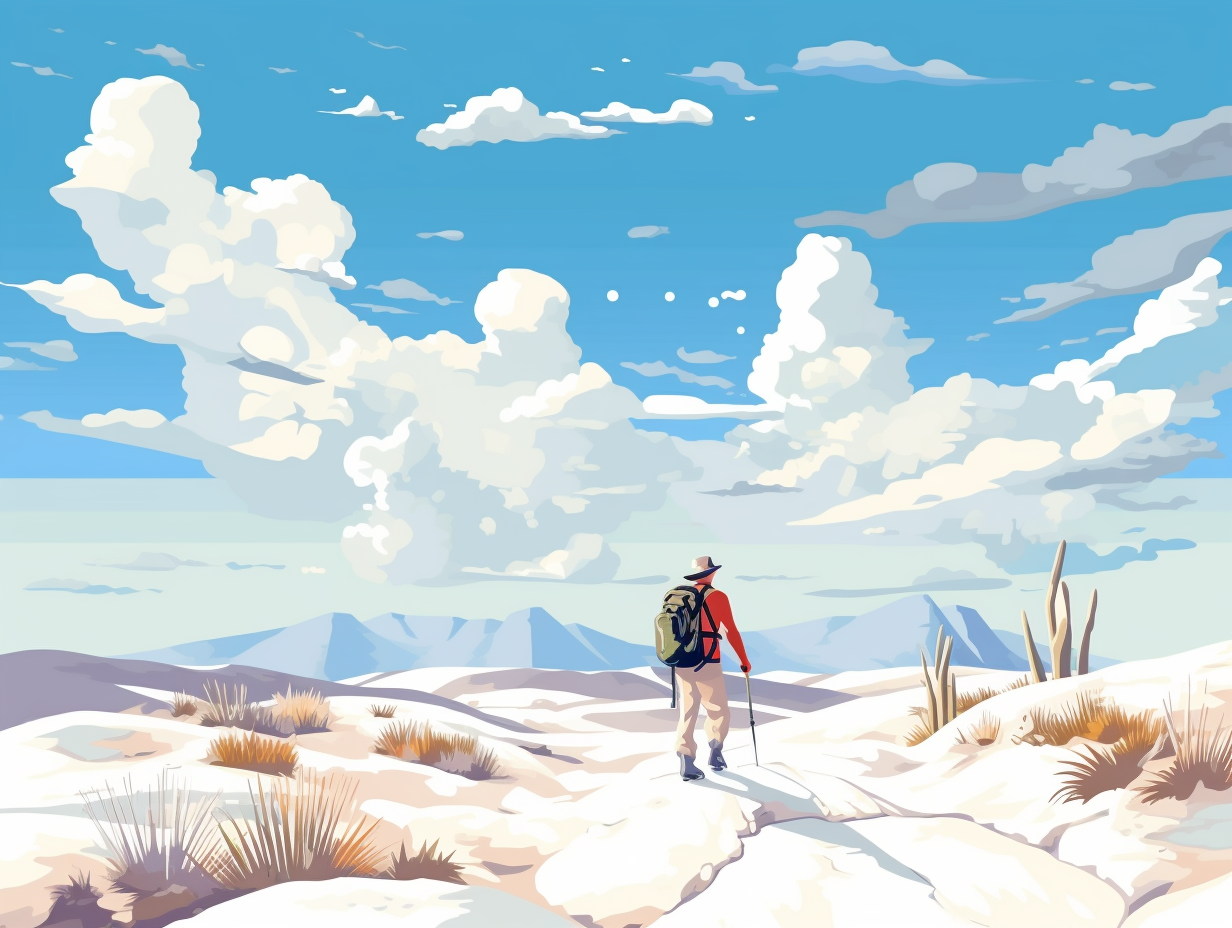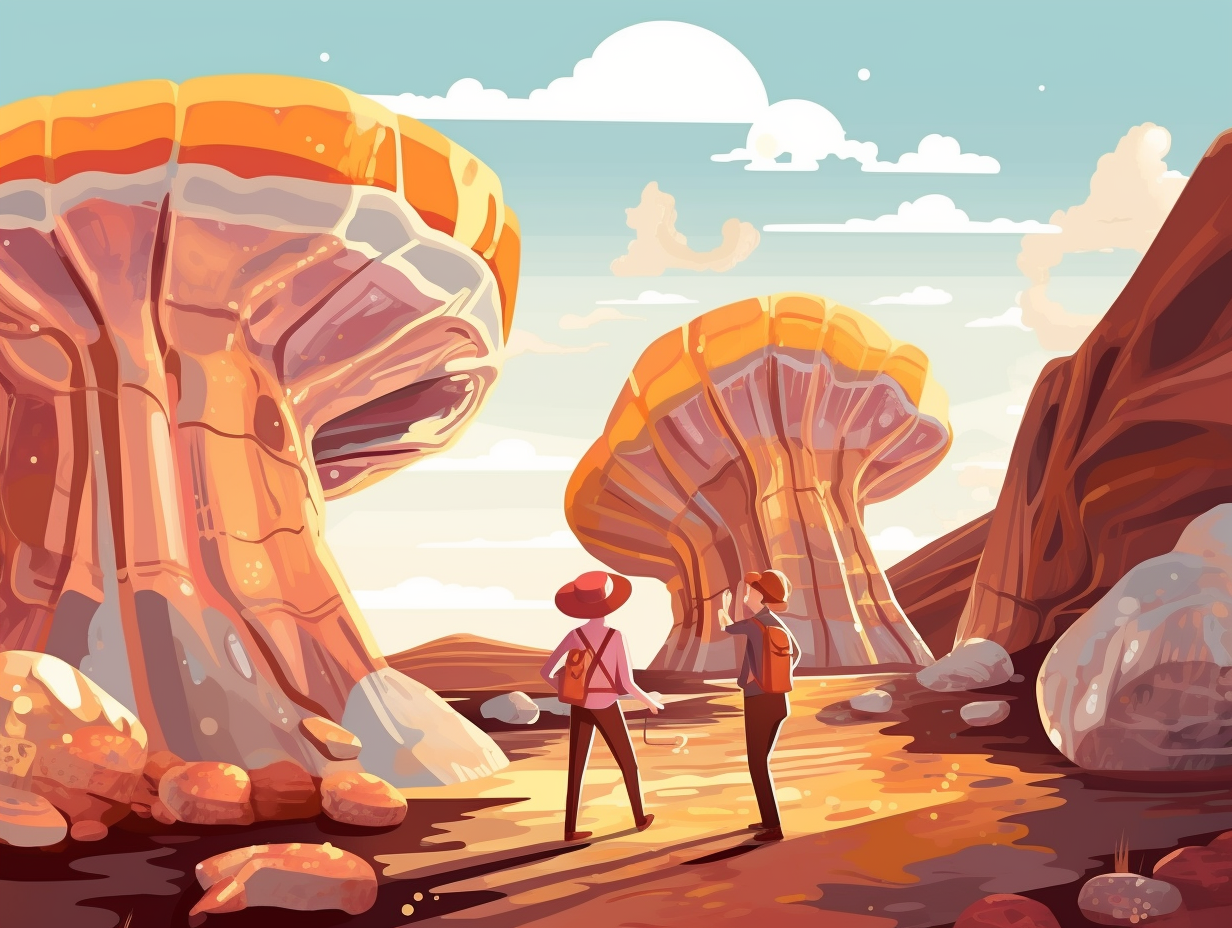Discover the Frozen Wonders: Top 12 Fun Facts About Glacier Bay National Park
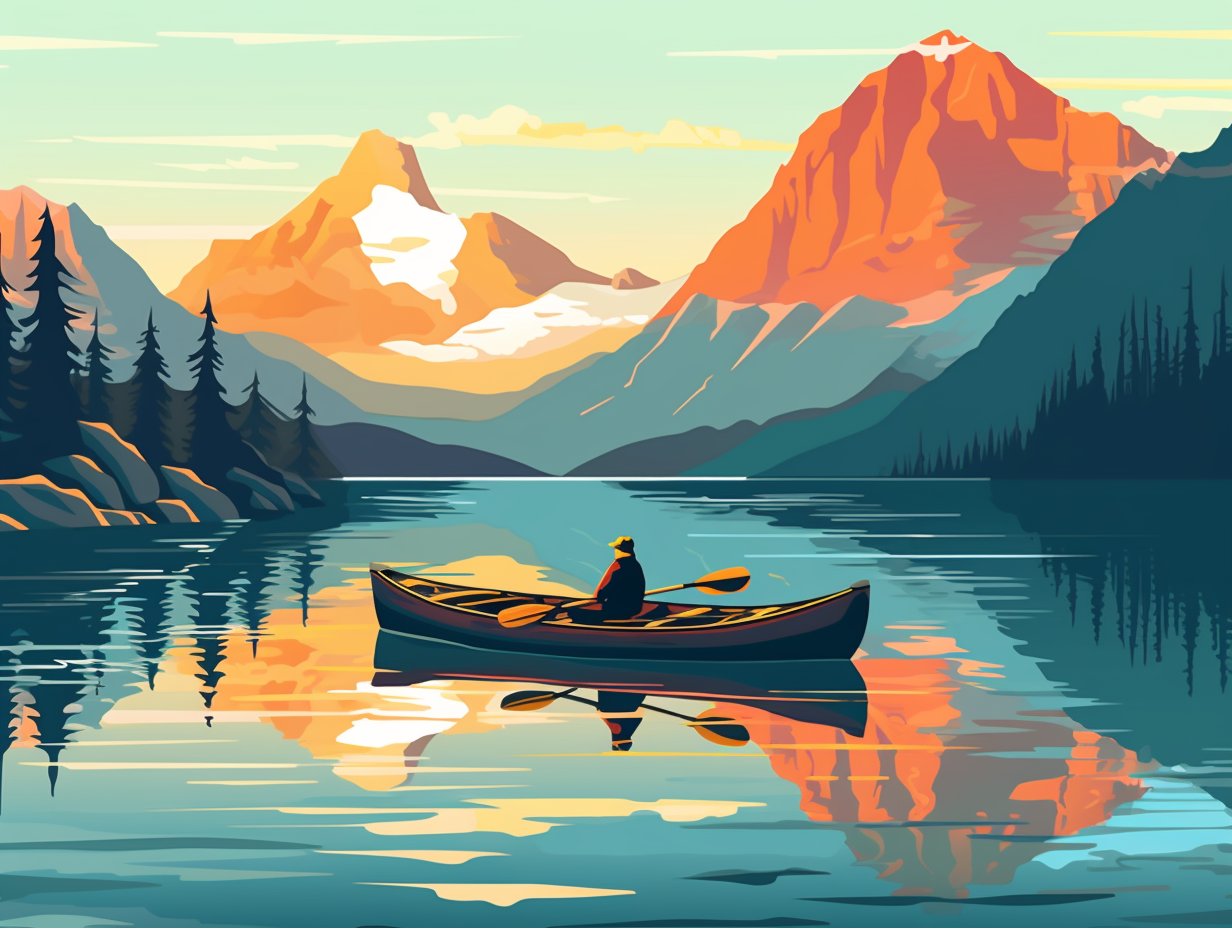
1. The Elusive Blue Glacier Bear
In this frigid edition of Goldilocks and the Three Bears, tempers aren't the only things running ice-cold: Glacier Bay National Park is not just home to the usual brown and black bears, but also harbors a blue-tinged furry star – the elusive blue glacier bear!
Source => travelalaska.com
2. Fish Gone Wild: Salmon Buffet
"In a dramatic episode of 'Fish Gone Wild,' the stars of Glacier Bay National Park put on a culinary spectacle for the ages: In reality, the park is home to pink, red, chum, and coho salmon, who return to freshwater streams to spawn after years in the ocean, providing an all-you-can-eat buffet for bears and other predators during their spawning season!"
Source => nps.gov
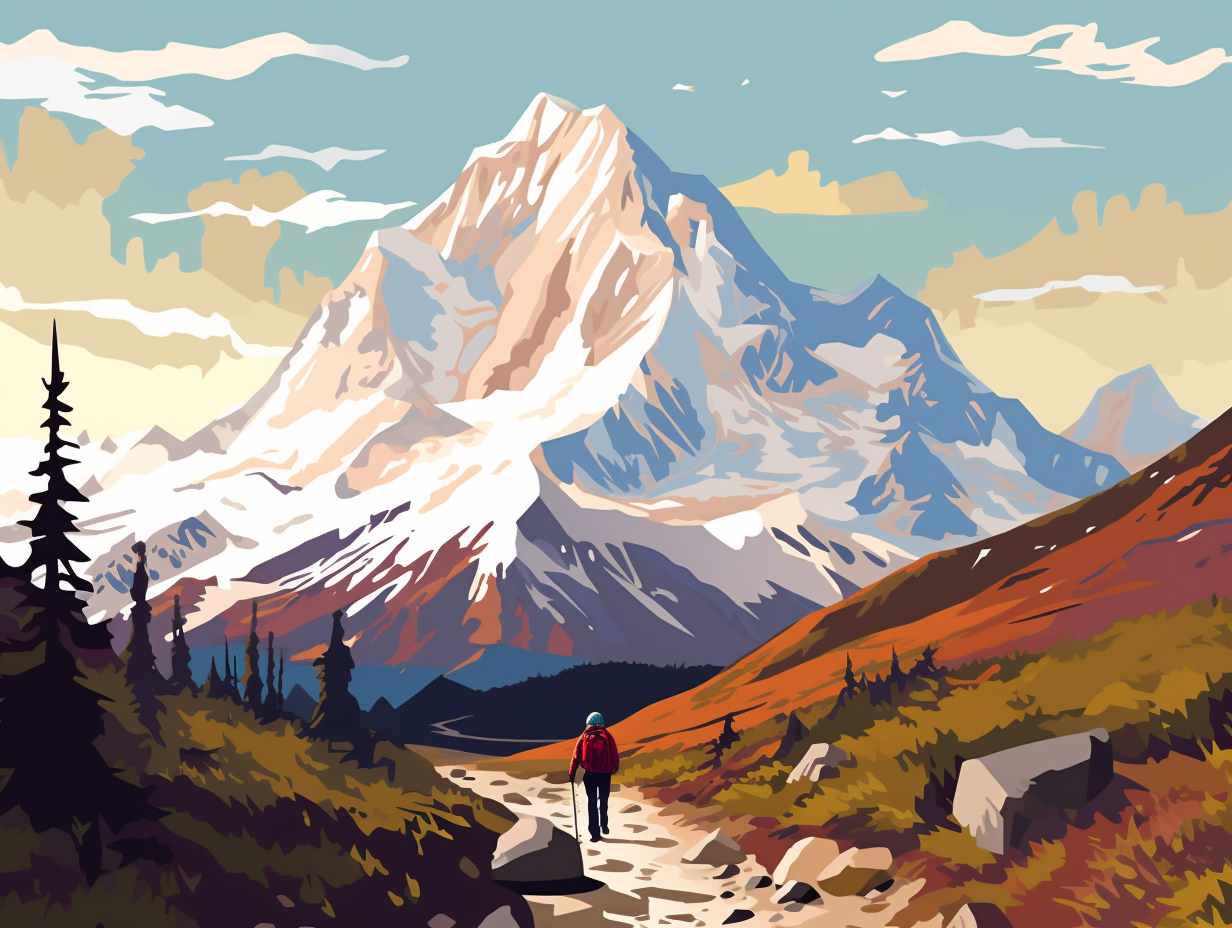
Did you know that Wrangell-St. Elias National Park boasts nine out of the sixteen highest peaks in the US, including North America's second highest peak, Mount St. Elias? Scale new heights with these fun facts! 🏔️💡
=> Fun Facts about Wrangell-St-Elias
3. A-List Avian Stars
Whoever said bird-watching is for the birds might have had a point: Glacier Bay National Park is the red carpet for every A-list bird you can think of, and 281 species can't be wrong. Here's the fanfare: Home to world-class populations of Marbled Murrelets and Kittlitz's Murrelets who love to dive and dine, Glacier Bay doesn't just stop at eagles - with seabirds reigning in the thousands, loons and gulls flocking as winter tourists, and warblers and other songbirds coming to lay foundations for their families, this park has an avian star for every genre.
Source => nps.gov
4. Nature's Diverse House Party
Who's up for a house party at Glacier Bay National Park, where everyone's invited, and we mean *everyone*: Hosting a mind-blowing 333 vascular plant taxa, 274 bird species, 160 fish species, 41 mammal species, and 3 amphibian species, this fantastic glacial wonderland is your one-stop destination for a truly wild and diverse soirée.
Source => en.wikipedia.org
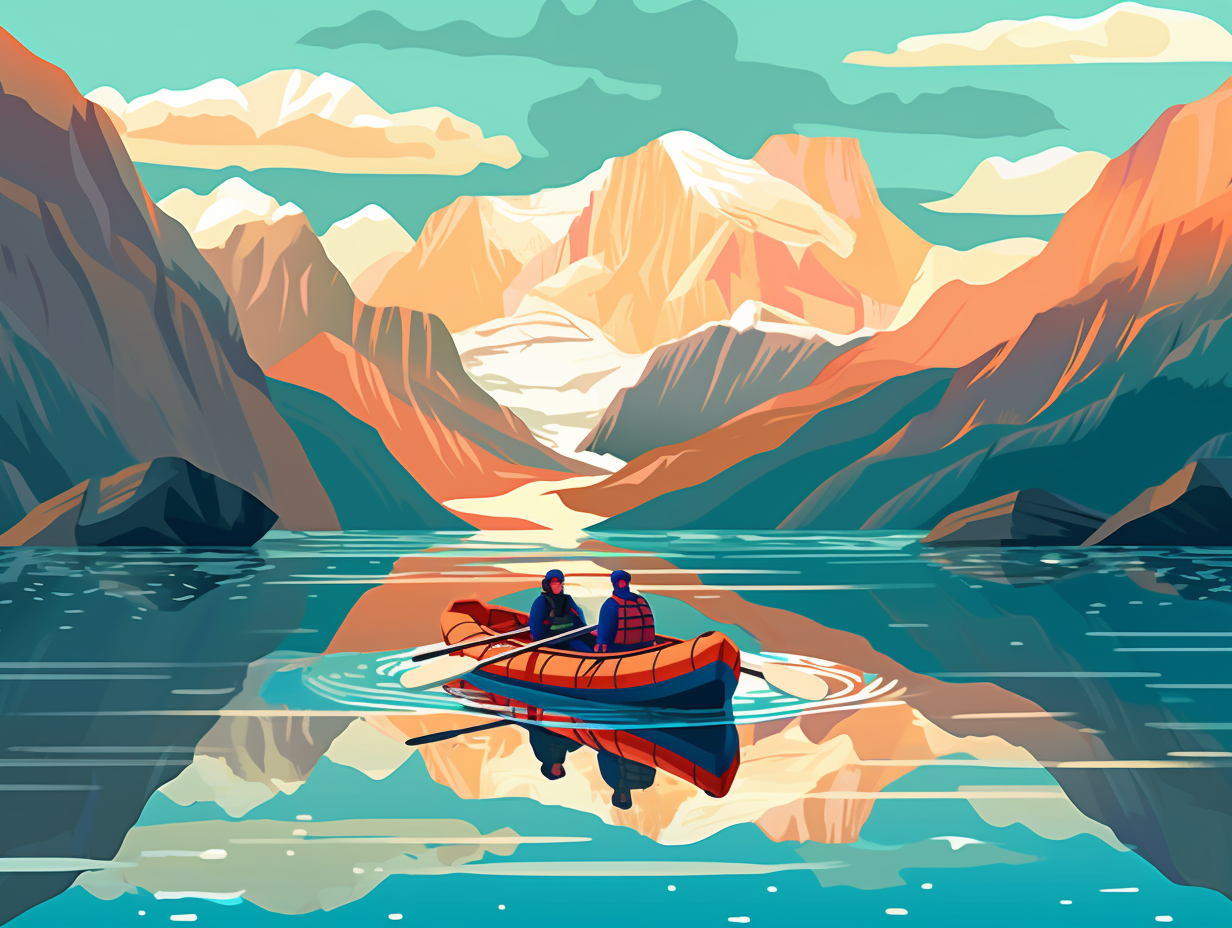
5. Glaciers Playing Freeze Tag
Glacier Bay National Park – where Mother Nature plays freeze tag, but the glaciers are, unfortunately, losing: This Alaskan gem, shaped by the Little Ice Age, has 11% less glacial ice now than in the 1950s due to climate change, despite the few stable glaciers still present thanks to the heavy snowfall in the Fairweather Mountains.
Source => nps.gov
6. Humpback Whales: Buffet Titans
Meet the titans of all-you-can-eat buffets, displaying aquatic acrobatics, and slapping their fins on the table with their bottomless stomachs: Humpback whales in Glacier Bay National Park consume up to half a ton of small fish daily during summer, using their built-in baleen filters, and are protected in one of the most stringent sanctuaries worldwide.
Source => nps.gov
7. Longest-Running Plant Group Project
Move over, Mean Girls, there's a new clique in town, and they've got the longest-running group project in history: Welcome to Glacier Bay National Park's plant succession study, est. 1916! In this epic tale of camaraderie and leafy perseverance, Dr. William Skinner Cooper, inspired by naturalist John Muir, embarked on a mission to study the development of plant communities on newly-deglaciated terrain, providing valuable insights into nature's resilience and the complex world of plant social dynamics.
Source => nps.gov
8. Noah's Ark Rival: Wildlife Haven
Step aside, Noah's Ark, Glacier Bay National Park has got you beat in the wildlife department: Boasting a diverse cast of creatures like bears, wolves, caribou, Dall sheep, and mountain goats, this park is a self-regulating haven for rare and endangered critters who frolic on sea and land in a seamlessly linked ecosystem!
Source => whc.unesco.org
9. Otterly Fantastic Comeback
Talk about an otterly fantastic comeback! After playing hide-and-sea-k for centuries, these furry ocean dwellers finally made a grand re-entrance to the heart of their fan base: In Glacier Bay National Park, Alaska, which was once covered in ice, the sea otter population grew over 21% per year between 1993 and 2012, reclaiming their title as one of the most abundant marine mammals in the area!
Source => smithsonianmag.com
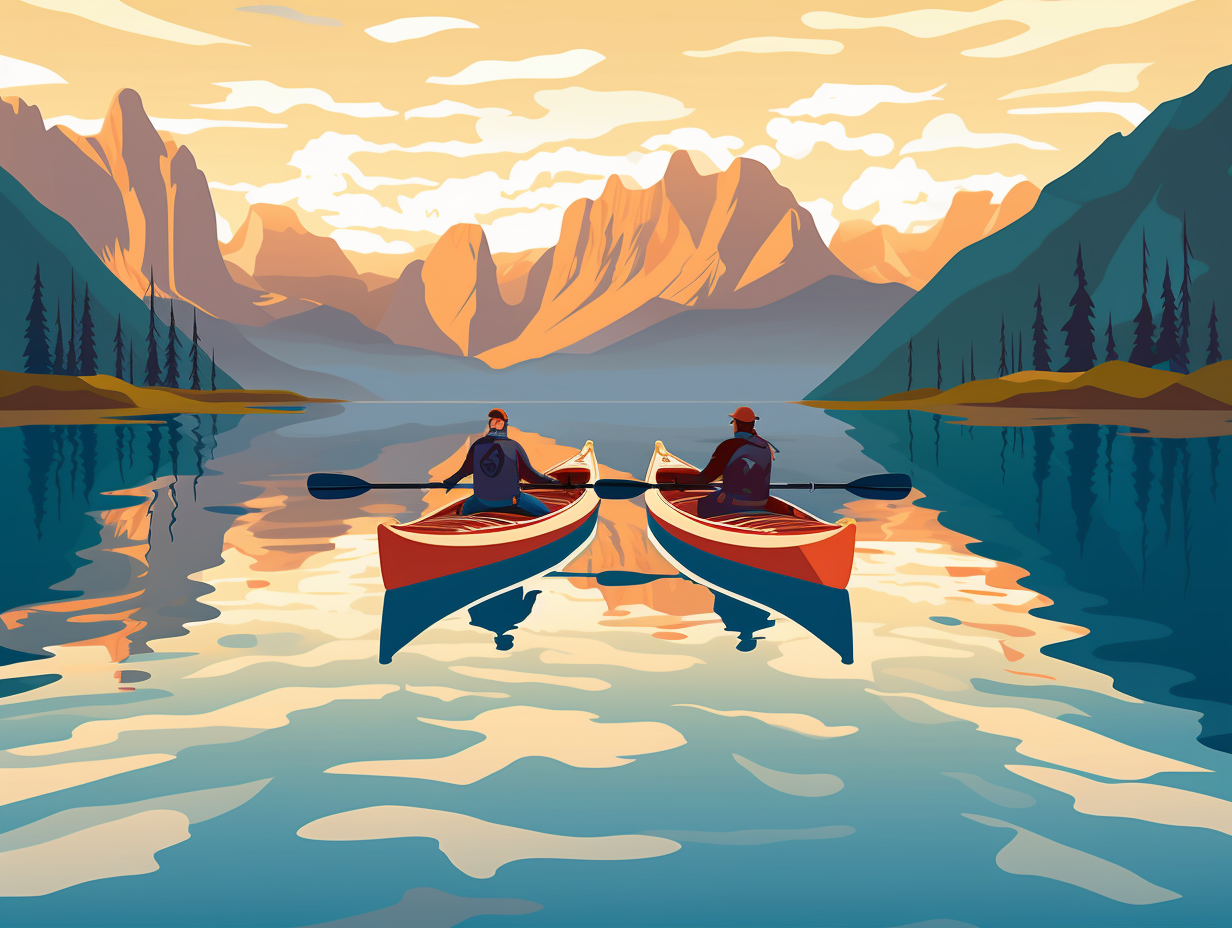
10. Ice Ice Baby: Johns Hopkins Glacier
Move over, John Muir - there's a new glacier in town, and this one's no icebreaker! It's got "Ice Ice Baby" on repeat, refusing to join the retreat party: As many glaciers in Glacier Bay National Park are rapidly retreating, the Johns Hopkins Glacier bucks the trend, actually advancing about 300ft per year since the mid-18th century. This unique park feature is the result of specific weather patterns and geography that encourage glacier growth, making it a stand-out, chill-tastic celeb in Alaska's icy wonderland.
Source => en.wikipedia.org
11. Plate Tectonics' Dance Party
Plate tectonics are the world's longest-running block party, cranking up eons of geological jams in unlikely coordinates: In Glacier Bay National Park, the Pacific Plate and Yakutat Microplate have been bumping and grinding against the North American Plate for over 50 million years, moving northwest at 50 millimeters per year and creating the park's unique and complex landscape.
Source => nps.gov
12. Ultimate Tour: 25 Million Acres of Glory
Pack your bags for the "Ice, Ice, Baby" tour of a lifetime: Glacier Bay National Park is a colossal 25-million-acre World Heritage Site, boasting an awe-inspiring range of mountains, dynamic glaciers, a temperate rainforest, wild coastlines, and deep sheltered fjords – one of the world's largest international protected areas and a prime spot for adventure seekers and nature enthusiasts alike.
Source => nps.gov
Related Fun Facts

